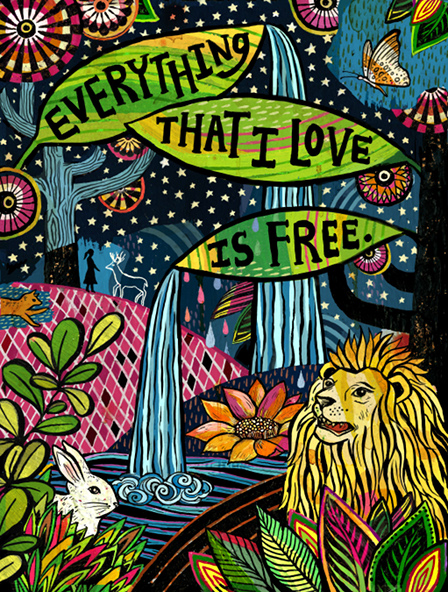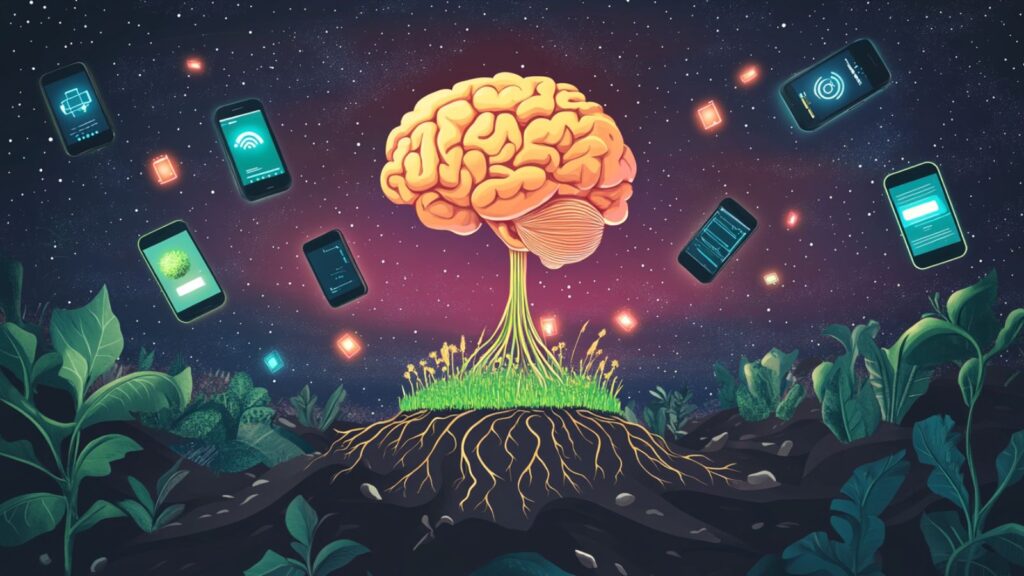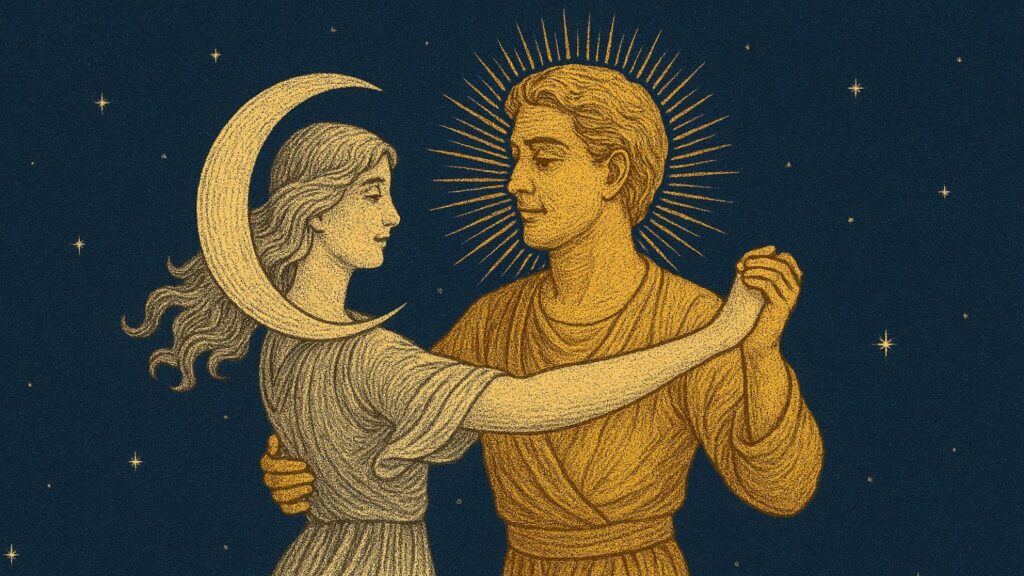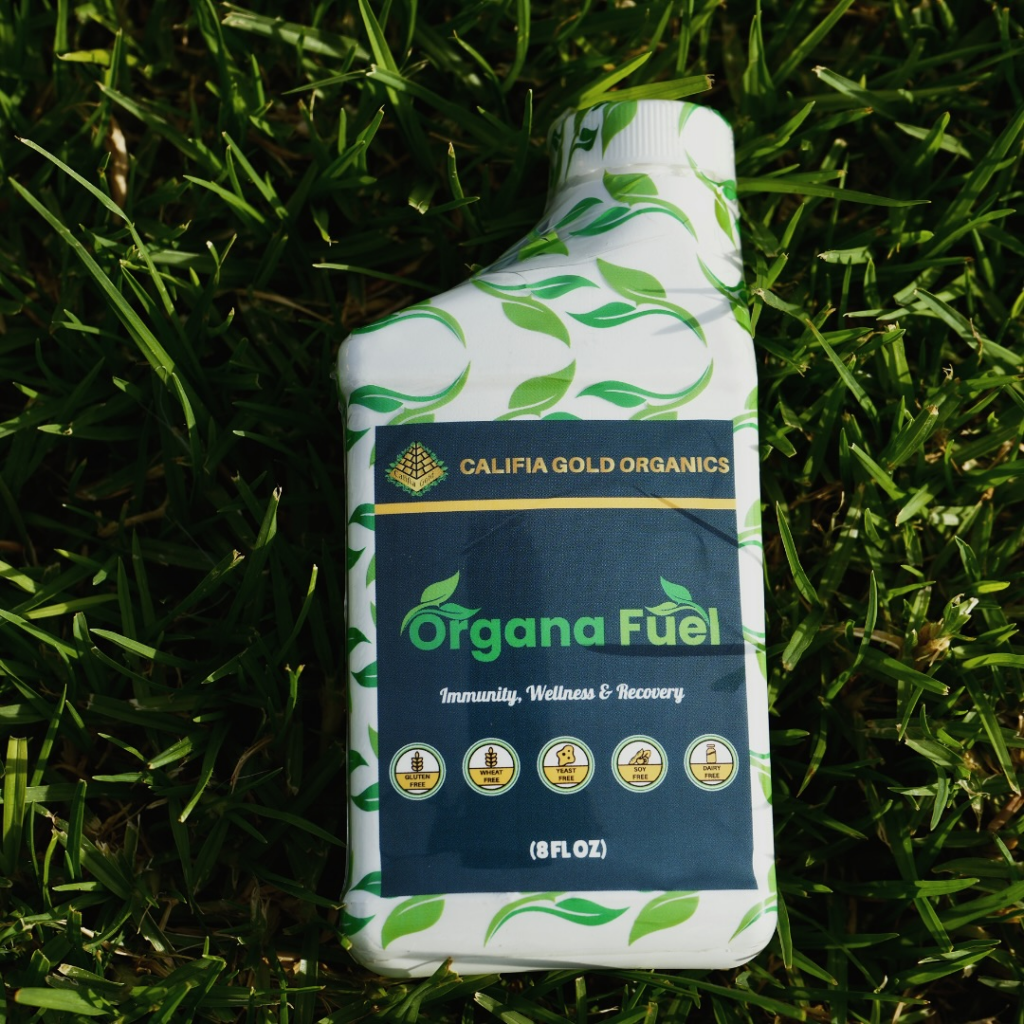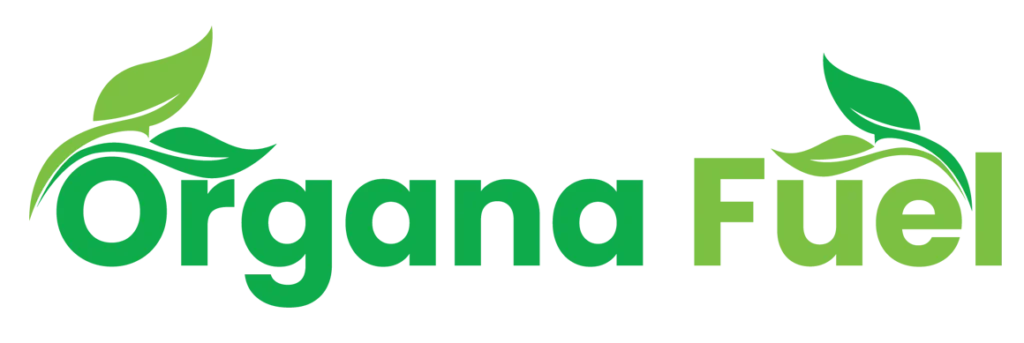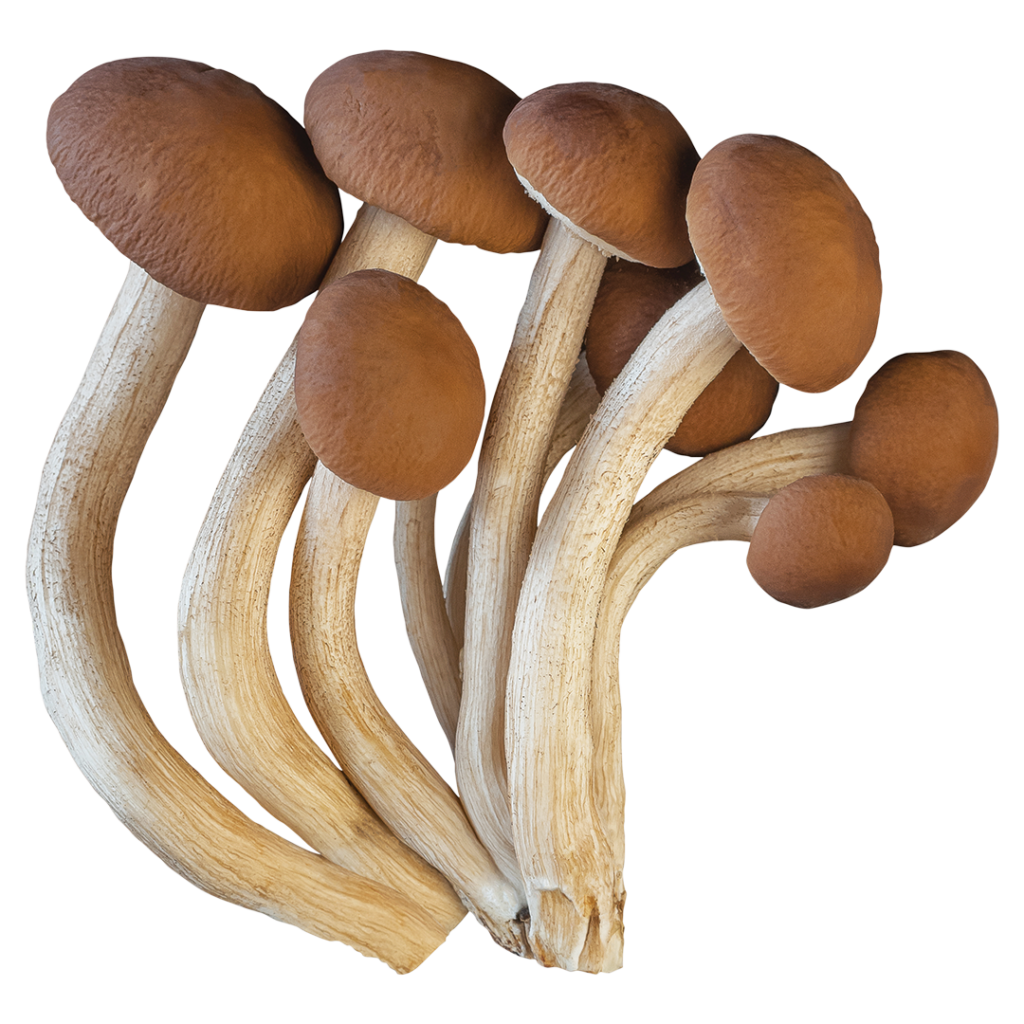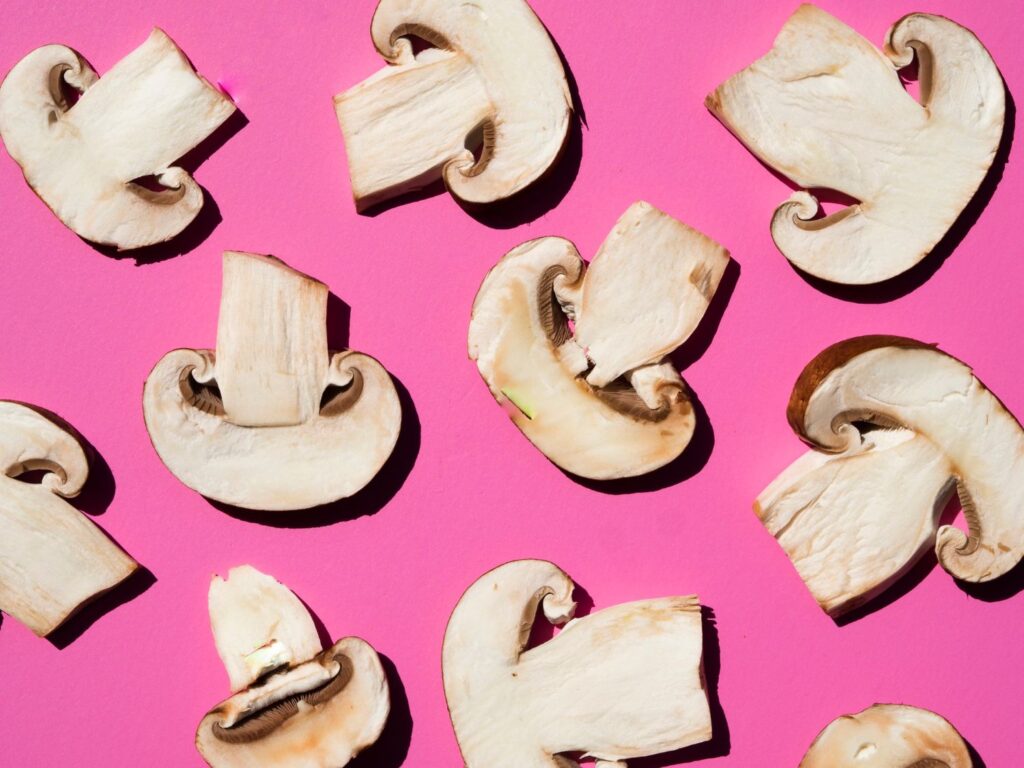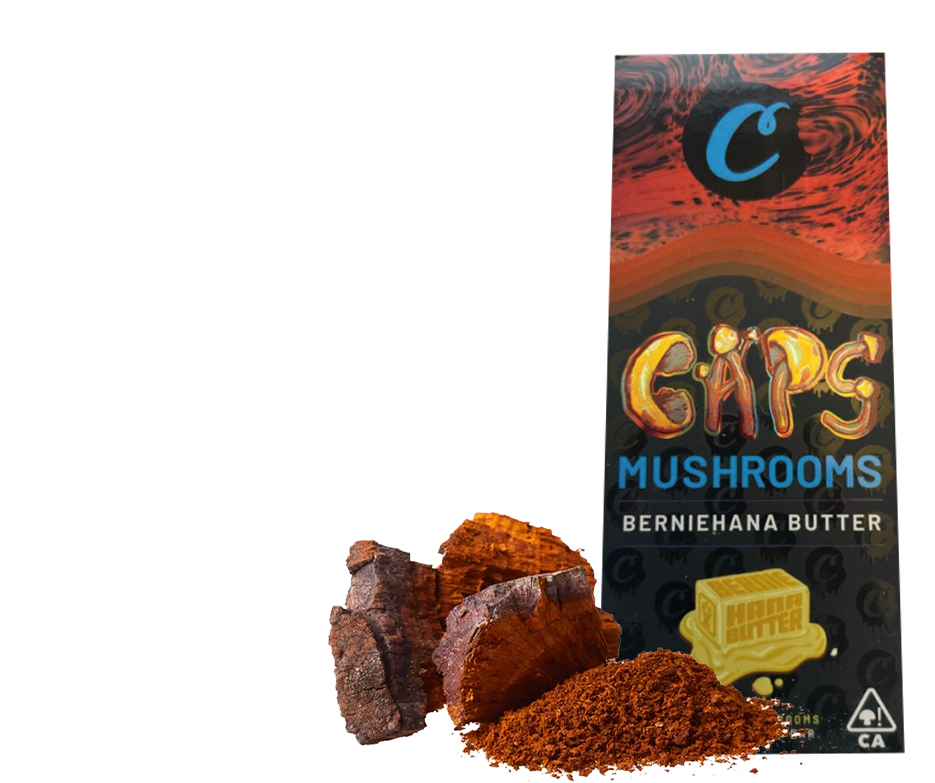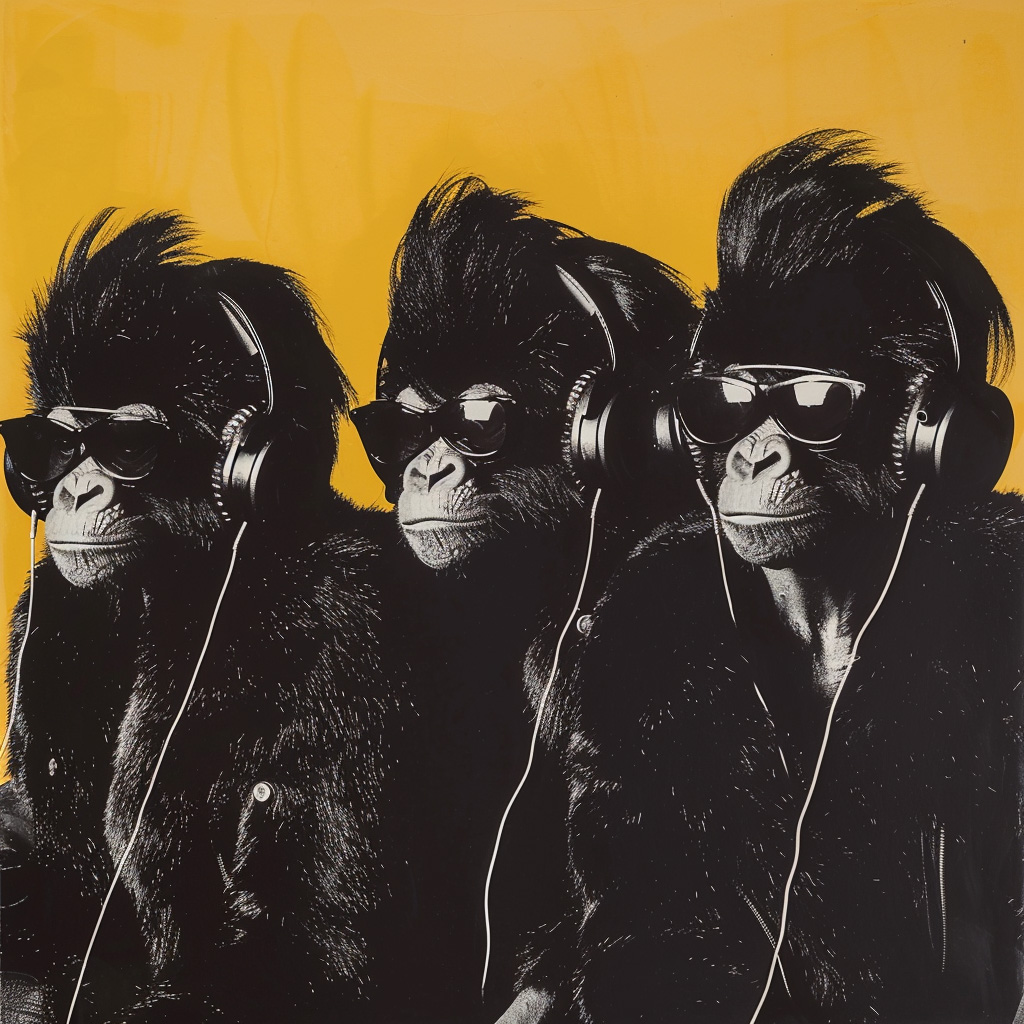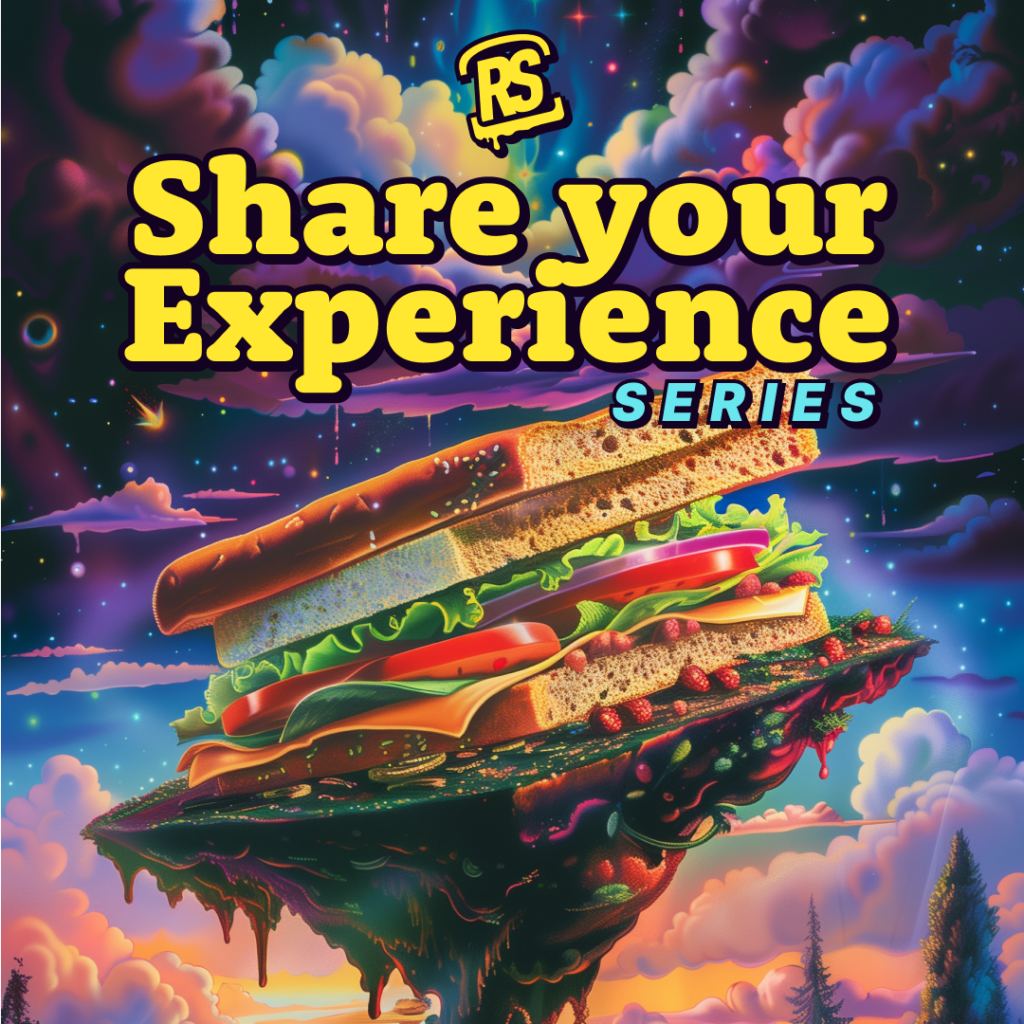The stories in The Good Life Lab begin in 2001 with the discovery of a real gift economy. I found the treasure at the wonder-world called Black Rock City built each year for the pilgrimage we call Burning Man. The thing about important discoveries is once you find them you can’t pretend that you didn’t. You must move forward and find out what they want from you. That's what I did.
The inspiration I gained living in Black Rock City’s gift economy lead me to quit my job, become a yogi, study Sufism, become a wildcrafter, a green builder, author, blogger, and a host of other things that were not yet on my to do list. I left the city for New Mexico where I discovered an entirely new way to live, a lifestyle less reliant on money.??
The adventure that began in 2001 revealed what the gift economy wanted from me. It had to do with my being part of the first generation alive to witness the whole world for sale. We are all part of this generation. I noticed that we are being asked, are we limited and mechanistic (consumers) or unbounded and creative (creators)? We must each answer this question in our own way and live our own adventure. But some things about adventures are the same and so our stories are worth telling, after all we share the same taproot.
Here’s a snippet from my adventure that I wrote about in my new book, The Good Life Lab: Radical Experiments In Hands-On Living. ?????
Mikey and I delighted in the autonomous zone that small-town life offered us far and away from corporate logos and heavy commerce, but this life also offered no clear way to earn even the little income our lifestyle still demanded. When we were finished building our homestead’s infrastructure — garden beds, papercrete domes, irrigation systems, shade, and our PV solar system — we turned our attention to technology to help us devise a way to earn money.
Still asking ourselves, Is there a way to live that does not require money? and Can we discover it before we run out?, we looked for a way to earn income that did not compromise our new lifestyle. Shopkeepers in town waited for customers to appear while carrying huge overheads and paying for utilities. We knew there had to be a better way. As homesteaders, we spend our time providing for our needs: making cheese, building, tending to gardens, and making medicines. These activities reduce our cost of living by more than five times. Our financial solution had to complement our homesteading lifestyle.
In 2010 we started a web-based cottage industry, the Holy Scrap Store, with the idea that we would make a little extra of the things that we made for ourselves and offer it to others. I often thought of Helen and Scott Nearing; part of their income came from harvesting and selling maple syrup and maple sugar they made from sap tapped from trees on their Vermont farm. We took what was natural and particular to where we lived and turned it into economy.
The Chihuahuan desert where we live is host to an unusual bounty of medicinal plants unique to its altitude and climate. By wildcrafting plants from the desert and relying on what we made out of them to help support us, we entered into a new relationship with nature and recognized our responsibility. We harvested where life was abundant, never taking more than was necessary, never cutting more than 20 percent from any one plant, and moving about from year to year, giving stands time to recuperate.
Not much about our lifestyle really changed by having a cottage industry; we just produced a little more than we needed and posted it to the store. The teas that we favored in our home, made from local plants mixed with plants from our garden, we offered as medicinal blends. If I made lip balm or salve from the wax produced by the beehive in the garden, I made a little extra and put it in the store. I enjoyed the way that running the store diversified my skills and revived the graphic design skills that I’d picked up in college and had let go rusty. I designed product labels, merchandising materials, and the store’s site with great interest.
It was at one of our annual homestead gatherings that Mikey decided to design electronic gadgets. Three hardware developer homesteaders standing shoulder to shoulder in the kitchen cringed, watching Libby struggle with a reptile timer to aid in the making of tempeh. Frustrated by the timer’s poor functionality and realizing that the right widget could offer a great deal to the process, Mikey said, “I can do better than this,” and set out to design a temperature controller to solve dozens of problems related to producing and processing food.
First he used his temperature controller to transform our home energy use. We reduced the power consumption of our home’s largest energy sucker, our refrigerator, by replacing it with a chest freezer that we acquired for $50 at a garage sale. We turned the freezer into a refrigerator by plugging it into the temperature controller and setting the temperature. The conversion reduced our home’s power draw for refrigeration by 10 times by freeing up a big dose of the power produced by our PV solar system.
After the refrigerator conversion, we used the gadget that Mikey named Yet Another Temperature Controller (YATC) to make a fermentation chamber out of a small, nonworking wine refrigerator that a friend was throwing away. We plumbed the fridge with a light socket and bulb for heat, plugged it into YATC, and set the temperature to match our use, whether we were making tempeh, letting bread dough rise, or making yogurt.
The temperature controller also transformed a simple $20 slow cooker into a sous vide device, which we also use to separate honey from wax and slow-cook meat and tough veggies. Able to regulate any device plugged into it to run hotter or colder, the temperature controller Mikey designed gives precision control to a hot plate, enabling it to hold specific temperatures for specialized uses such as chocolate-making. The temperature controller gave us back time, reduced our labor, and helped us achieve the goal of keeping our food living, unpasteurized, and enzymatically active. Our cheeses and honey meet the qualification of raw by having never been heated beyond the threshold in which microorganisms live.
In keeping with the motto Make extra of the things we use, we added the temperature controller to the Holy Scrap Store. Embracing the open-source ethic, keeping knowledge free and sharing it, Mikey also posted the source code and hardware designs for the device’s circuit board to the web. Then he made YATC available both in finished and kit form, for those who wished to make the device themselves. As YATC began to sell, he looked for other homesteading problems to solve with technology.
We decided to let our cottage industry reach a ceiling defined by our being able to handle all its aspects ourselves, from our 1-acre homestead. … We chose not to patent, outsource, promote, or seek channels of distribution and not to engage in activities that led to more people driving to work, more paper moved, insurance bought, lawyers engaged, sunsets missed, and sleep lost.
We chose time over money: by limiting our own growth I could still teach yoga, build the giant metal flower I imagined mounted to the signpost in front of our property, and live the life we had worked hard to create. We would continue to make cheese, build things, and take Sesame on long walks along the Rio Grande.
Mikey would be free to develop new skill sets, make things for pleasure’s sake, help friends with their technical problems, and find solutions, making life a little better all the time. We chose to preserve the sensuous life of growing, processing, cooking, and eating food; soaking in the hot springs; daydreaming on the iron bed in the garden; and counting birds in the sky.
Mikey and I decided that if our cottage industry store failed or faded, if something in the world changed and made it irrelevant, we would simply find something else to do.
Excerpted from The Good Life Lab (c) Wendy Jehanara Tremayne. Used with permission of Storey Publishing.
IMAGE CREDIT: ??(c) Gina Triplett/Frank Surges Reps
